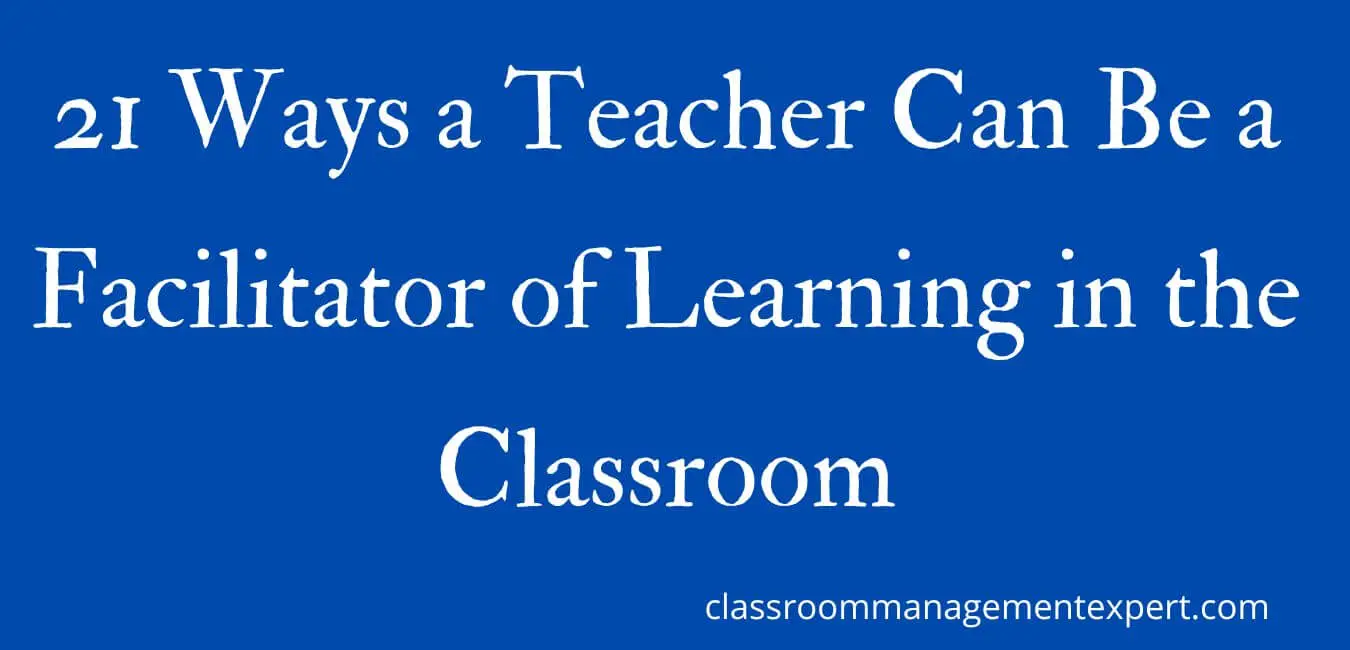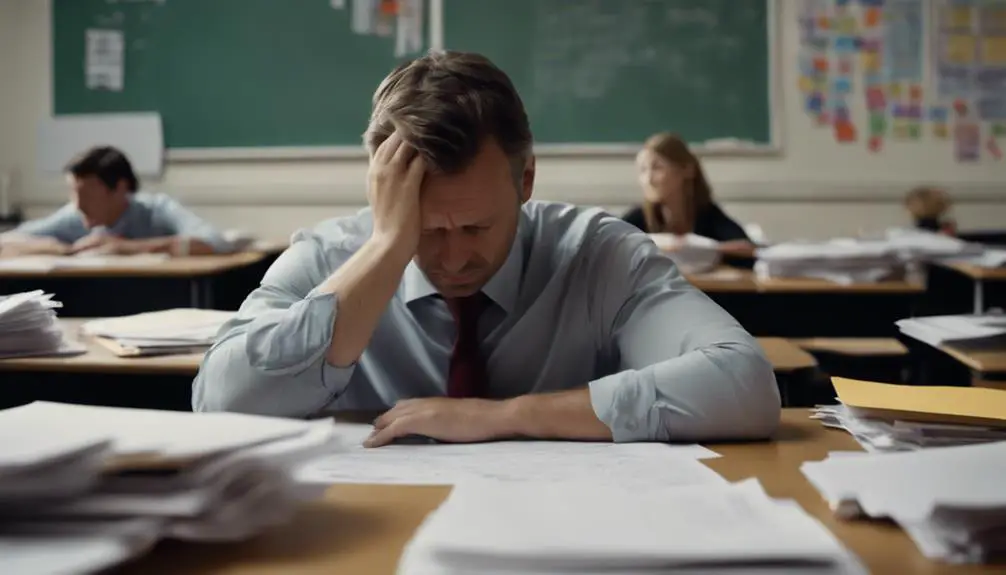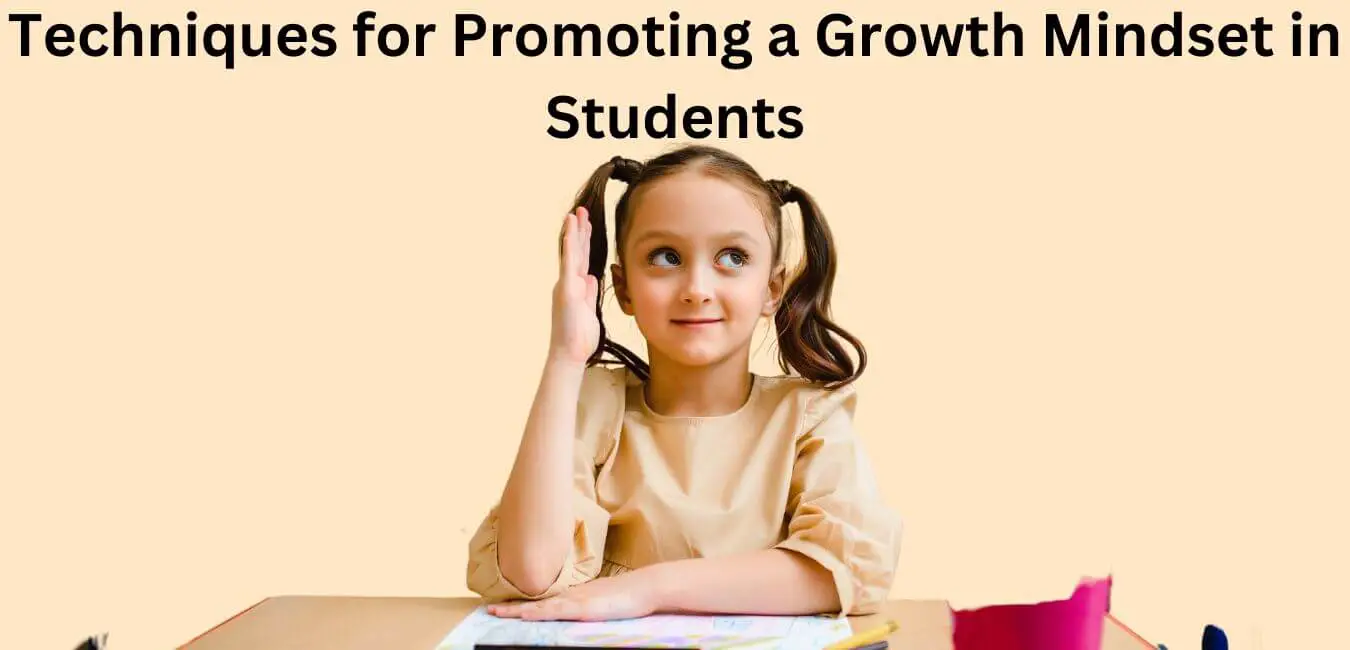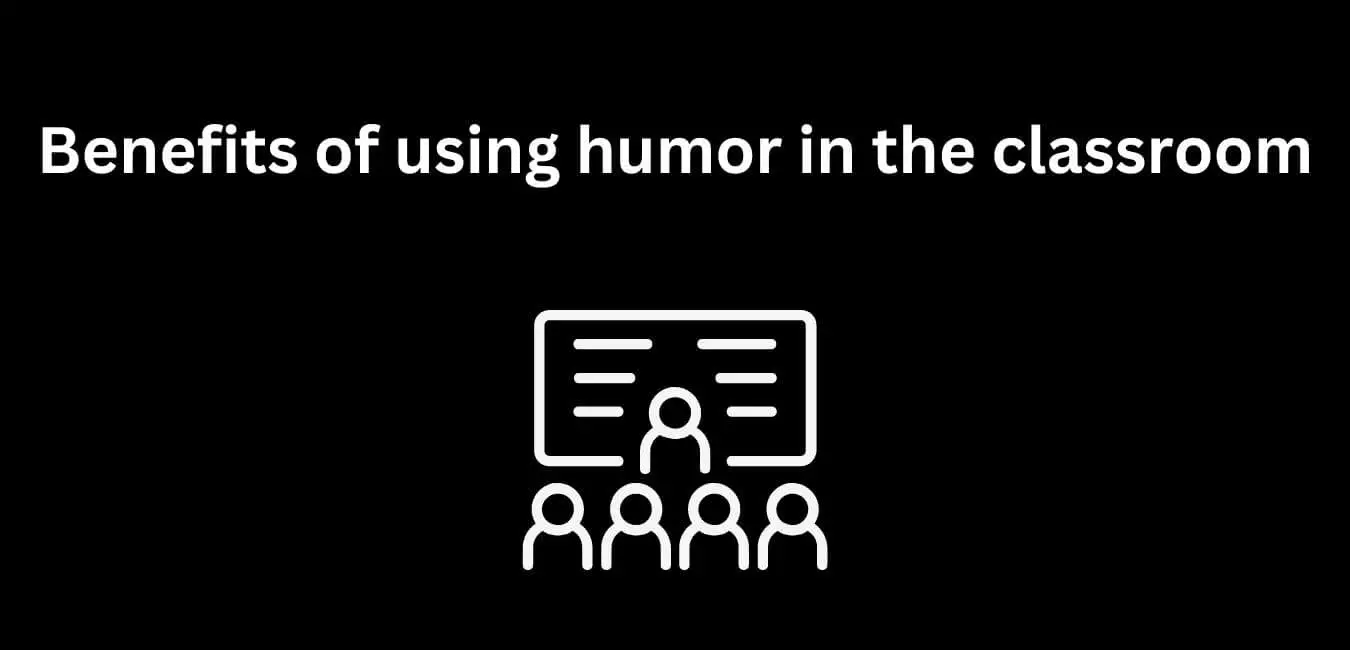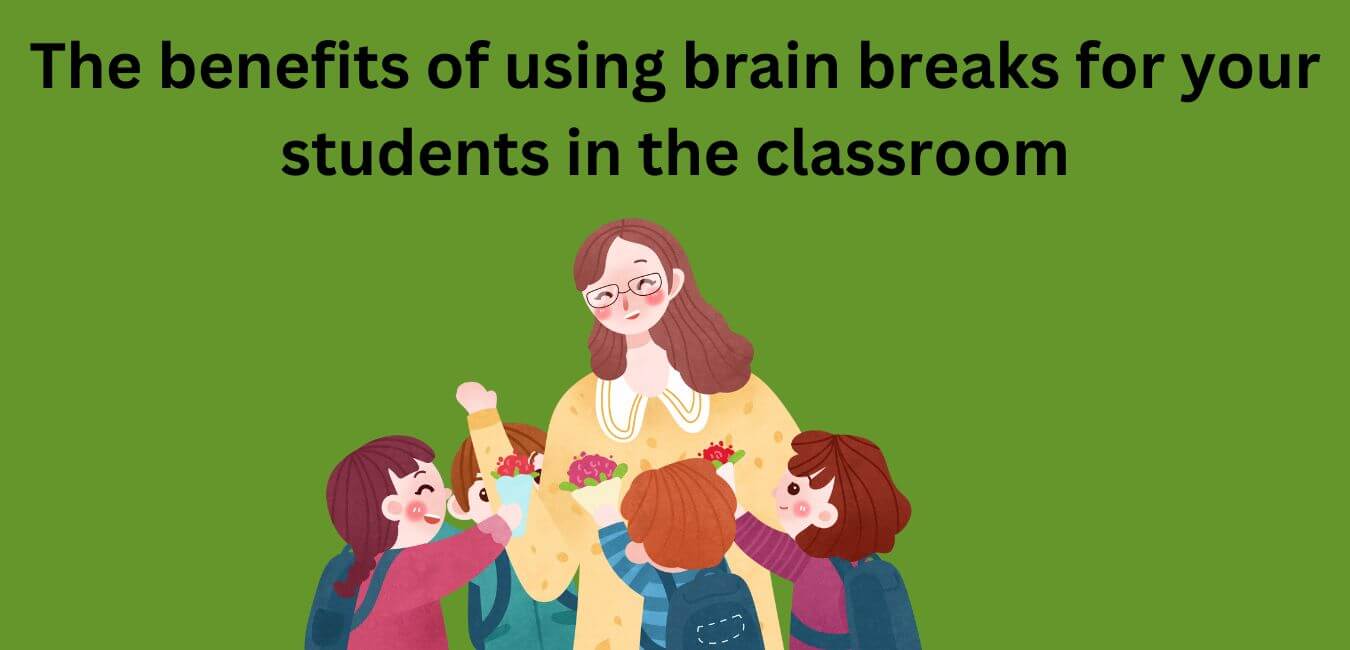Facilitators of learning are educators who help students understand and remember what they have learned. They do this by guiding the students through the process of learning, providing opportunities for student discussion, and encouraging a variety of activities. Since facilitators of learning take different approaches to teaching, it is important for educators to understand the various ways that they can be effective in their classrooms.
A teacher can be a facilitator of learning by providing opportunities for students to share their ideas and experiences; modeling how to build on others’ ideas; using a variety of teaching techniques; and modeling effective behavior.
In the classroom, teachers are responsible for facilitating the learning process for their students. However, many teachers struggle with effective ways to do this. This article provides strategies that can help teachers be effective facilitators of learning.
What is a Facilitator of Learning?
A facilitator of learning is a term used in educational settings to describe the person who helps students learn. This person can be a teacher, mentor, counselor, or any other type of support system.
They are responsible for helping students reach their full potential by providing encouragement and guidance. They work to create an environment that is conducive to learning and helps students develop the skills they need to succeed.
A facilitator of learning often works with students one-on-one or in small groups, and their roles can change depending on the needs of the individual student.
The role of a facilitator of learning is to guide students in their understanding of the material, give them opportunities to practice what they are learning, and encourage them to ask questions.
In order to do this effectively, a teacher must become familiar with the material they are teaching and be able to present it in a way that is understandable to students. They must also be able to create an environment where students feel comfortable asking questions and exploring new ideas.
What is the Role of the Teacher in Facilitating Learning?
The role of the teacher in facilitating learning has evolved over the years. In the past, the teacher was the one who imparted knowledge to students. However, research has shown that students learn best when they are actively engaged in the learning process. This means that teachers must become facilitators of learning rather than dictators of information.
One important factor that has led to this change over the years is technology. With computers and other technological devices, students can now learn on their own without always needing a teacher to guide them.
Moreover, with online courses and other forms of distance learning, students can learn from anywhere in the world. This means that teachers no longer need to be present in order for students to learn.
A teacher becomes a facilitator of learning when he or she realizes that their role is to help students become independent learners. This means that the teacher provides the support and structure necessary for students to be successful, but also allows for students to take ownership of their own learning.
In order to facilitate learning, the teacher must be able to create a classroom environment where students feel safe to take risks, make mistakes, and learn from them. The teacher establishes the rules and procedures for the class, provides a stimulating and interesting curriculum, and models appropriate behaviors.
Students then learn by participating in discussions, working on projects, and investigating new ideas. The teacher’s role is to monitor their progress, provide feedback, and offer encouragement. In this way, students become lifelong learners.
In summary, a teacher who becomes a facilitator of learning is one who no longer stands in front of the class, lectures, and leaves. Instead, the teacher becomes a guide, encouraging students to take an active role in their own education. This approach allows for a more personalized learning experience that can better meet the needs of each student.
Guidelines for Facilitating Learning
Teachers often become facilitators of learning when they realize that giving students information and solving problems for them does not promote their intellectual growth. Through facilitation, the teacher becomes a partner with the learner in the process of acquiring knowledge.
In order for a teacher to become a facilitator of learning, there are some guidelines that should be followed.
1. First, it is important to know the students and how they learn best. Every student is different and will have different needs when it comes to learning.
2. Furthermore, creating a positive and supportive learning environment is crucial in order for students to feel comfortable asking questions and taking risks.
3. It is important to create a classroom environment that encourages exploration. This can be done by providing a variety of materials for students to explore and by giving them time to investigate topics on their own.
4. It is also important for teachers to be flexible and adaptable, willing to change their teaching style as needed in order to best meet the needs of their students.
5. Finally, it is important to be patient and provide feedback that is helpful and constructive.
21 Ways a Teacher Can Facilitate Learning in the Classroom
In order to facilitate learning in the classroom, a teacher must first become a facilitator of learning. This means that the teacher must take on a new role and approach to teaching. The goal is to help students learn by exploring and discovering information on their own. Here are 21 ways teachers can facilitate learning in the classroom:
1. Establish a Positive Environment
One of the most important things that teachers can do is to establish a positive environment for their students. This means creating an atmosphere where students feel comfortable and safe to ask questions, make mistakes, and learn from their mistakes.
2. By Providing Support and Guidance
A teacher can be a facilitator of learning by providing support and guidance to students. By providing support, the teacher can help students understand the material and be successful in the classroom.
Guidance can help students with their homework, studying for tests, or just general learning. The goal of a facilitator is to help all students succeed in their education.
3. Encourage Participation
Encouraging participation is another way that a teacher can facilitate learning. This means encouraging all students to voice their opinions and participate in class discussions. It also means setting up opportunities for students to demonstrate their skills.
4. Establishing a positive relationship with students
Teachers can facilitate learning in the classroom by establishing a positive relationship with their students. This relationship should be built on mutual respect and understanding, as well as an openness to new ideas and perspectives.
In order to facilitate learning, the teacher must be willing to listen attentively, ask open-ended questions, and provide feedback that is both constructive and supportive.
By doing so, the teacher ensures that students have the opportunity to explore new information and concepts in a safe and comfortable environment.
5. Set Clear Expectations
It is important for a teacher to set clear expectations for their students. This way, students know what they need to do in order to succeed. It also means setting up clear rewards and punishments for students.
6. Encourage Critical Thinking
Encouraging critical thinking is also one of the key ways that a teacher can facilitate learning. This means encouraging students to question everything that they learn in the class. It also means encouraging them to ask questions that go beyond the curriculum.
7. By providing feedback
One of the most important things that a teacher can do is provide feedback. This means providing feedback on both the academic and non-academic aspects of the student’s life.
Feedback is an important part of a teacher’s role in helping students understand when they are doing well and when they need to improve.
8. Use of technology
Teachers can also use technological tools to facilitate learning. This means using tools such as PowerPoint presentations, videos, digital resources, and many more to improve teaching.
Teachers can also use technological tools to create interactive projects or lessons. In addition, technology tools can be used to evaluate student work.
9. Using Group Work
Group work can also be a great way to facilitate learning. This means helping students to work together in groups in order to complete a project.
The key is to make sure that the group is organized and that everyone is on the same page. The group should also have specific goals and be directed by the teacher.
10. Use Interactive Games
Interactive games can also be a great way to facilitate learning. This means using games that are designed to keep students engaged and interested in the lesson. This way, students are engaged and they are able to learn at a faster pace.
11. Use problem-solving techniques.
Problem-solving activities can be a great way for teachers to help facilitate learning. By providing students with opportunities to solve problems, teachers can help students learn how to think critically and solve problems in order to learn new information. Moreover, problem-solving activities can be a fun way for students to engage in learning.
12. Use Pacing Techniques.
Pacing techniques are a way to control the rate at which a person learns new information. By adjusting the pacing of instruction, teachers can help students assimilate new material more quickly and effectively.
There are several factors that contribute to the pace at which a person learns, including the amount of information that is presented, how well the material is organized, and how frequently it is reviewed.
It is important for teachers to consider each student’s individual learning style when planning pacing strategies. Some students may prefer to learn in short bursts, while others may need more time to explore every detail.
Overall, effective pacing allows students to achieve their goals while avoiding unnecessary frustration.
13. Establish trust with your students.
As a teacher, to facilitate learning in the classroom, it is important to establish trust with your students. This can be done by being open and honest with them and by setting clear expectations for both the class as a whole and for each individual student.
To build trust with your students, you need to be just. Don’t be biased when resolving issues between students. If a student is wrong, let them know their mistake and make the student learn from it. By doing so, you will help ensure that all students are able to benefit from the class experience.
14. Create a safe and welcoming environment.
Teachers can be facilitators of learning by creating safe and welcoming environments. This means creating an environment where students feel comfortable asking questions and sharing their ideas. It also means creating an environment where students feel like they can trust their teacher to help them learn.
By doing this, teachers help students become actively involved in their own learning process, which is critical for success in school.
15. Meeting Students’ Needs
Teachers play a critical role in facilitating learning by meeting the needs of their students. This can include providing feedback that is timely, relevant, and specific; motivating students; and setting clear expectations. By meeting the needs of their students, teachers help them grow as thinkers and learners.
16. By providing meaningful and useful resources
Teachers can facilitate learning by providing meaningful and useful resources. This is always important, as students will be able to benefit from materials that are tailored to their needs. By doing this, teachers can help students understand how to learn effectively and efficiently.
17. Be flexible with your teaching methods.
Flexibility is key when it comes to facilitating learning because it allows students to explore and try new things. It also allows the teacher to adapt their teaching methods as needed in order to best engage the students and help them learn. If a teacher is not flexible, then they may become frustrated with their students and lose interest in helping them learn.
18. Use interactive activities.
Interactive learning activities are a great way to facilitate learning in the classroom. They allow students to actively participate in the learning process and can be used to support a range of subject areas.
One of the benefits of using interactive learning activities is that they can increase engagement and motivation among students. They also allow instructors to assess student understanding more effectively.
Some examples of interactive learning activities include group work, problem-solving, and simulations. It is important to select the right type of activity for your class, since not all students will be engaged with every type of activity.
Ultimately, using interactive learning activities will help your students learn more effectively and have fun while doing it!
19. Encourage students to take risks and try new things.
It is important to encourage students to take risks and try new things in order to learn. When students are comfortable taking risks, they are more likely to explore their interests and find new ways to learn.
Moreover, taking risks can help students develop their creative abilities. By allowing students to take risks, teachers can help them become more engaged in their learning process and better understand the content they are studying.
20. Get to Know Your Students
In order to facilitate learning in the classroom, the teacher must take the time to get to know their students in order to understand their needs and interests. This can be done by asking questions and getting feedback from the students themselves. It is also important to keep in mind what the students like and dislike when it comes to learning.
21. Establish positive reinforcement.
Positive reinforcement helps teachers to be facilitators of learning by reinforcing good behavior. This can be done through verbal praise, tangible rewards, or both. Teachers should use a variety of reinforcement techniques to ensure that all students are motivated to learn.
What are the Benefits of Facilitating Learning in the Classroom?
In order for students to learn, they need effective teachers. A teacher can facilitate learning by creating a classroom environment in which all students feel welcome and are able to succeed. In order for this to happen, the teacher must first understand their students. This includes knowing their interests, strengths, and weaknesses. By getting to know each student as an individual, the teacher is able to help them achieve success in the classroom.
In addition to understanding their students, a good facilitator also understands how to teach. They use various teaching methods that are appropriate for the subject matter and the student’s abilities. Additionally, they adjust their teaching methods as needed in order to meet the needs of each student.
A good facilitator also establishes rules and procedures at the beginning of the school year and enforces them consistently. Here are a few benefits to facilitating learning in the classroom:
1. It allows students to learn in a comfortable, safe environment.
2. It allows students to learn at their own pace.
3. It allows students to learn in a group setting.
4. It allows students to learn more effectively.
5. It allows students to learn from their mistakes.
6. It allows students to learn from others’ mistakes.
7. It allows students to learn from experts.
8. It allows students to learn from different sources.
9. It allows students to learn from different perspectives.
10. It allows students to learn from different media.
Final Thoughts
As a teacher, it is important to be a facilitator of learning in order to help students reach their fullest potential. This can be done by creating a positive and supportive learning environment, providing students with appropriate resources and scaffolding, and being flexible and adaptable. By doing this, teachers can help students become lifelong learners who are able to think critically and problem-solve.
In this article, we highlighted 21 ways that a teacher can facilitate learning in the classroom. We hope that this article was helpful and that you will take advantage of the many ways that a teacher can facilitate learning in the classroom. Thanks for reading!

